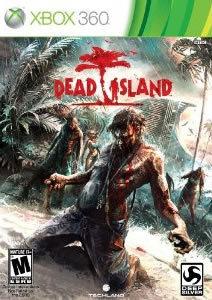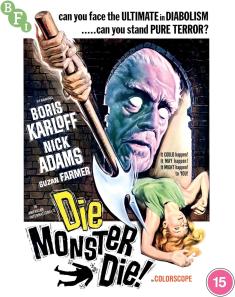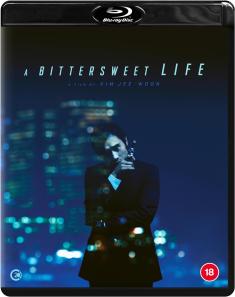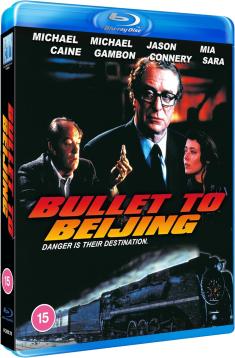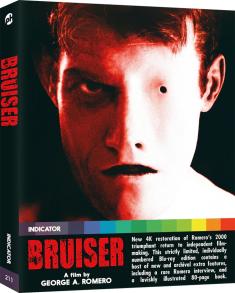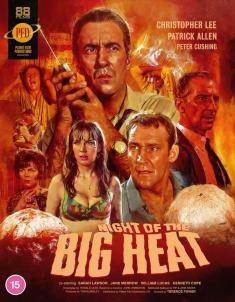Dead Island
Overview -
It started with an announcement teaser: Deep Silver and Techland unleashed a three-minute stretch of CG-footage depicting a family being ravaged by quick-footed zombies, with stirring orchestral music and slow-motion movement emotionalizing a young girl’s transformation into one of the mindless monsters. The trailer invoked deep feeling, mixed artful subtlety with over-the-top gore, and, put bluntly, didn’t actually represent the game’s attributes themselves; no in-game footage and nearly none of the actual story elements were present, leaving it as little more than an effective animated horror short not even created by its engineers. What it did, by design, was draw attention to the game, one that has suffered a handful of delays that stalled its release. So maybe it shouldn’t come as a surprise that Dead Island isn’t more deeply-involving or restrained, like the trailer suggests. Shrug that off, though, because what it does end up being – a melting pot of zombie-media influence, quasi role-playing depth, and sandbox freedom – still delivers a viscerally engrossing experience, threadbare and one-dimensional as it may be.
Video Review
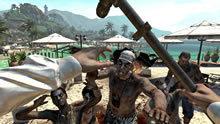
There are so many positive things to talk about with Dead Island’s 720p graphical presentation – and Techland’s Chrome Engine -- that it’s almost a buzzkill to also mention any roughness around the edges. From a pure design standpoint, the island of Banoi looks phenomenal. Lighting effects against water and other glistening textures responds brilliantly against movement on the surface, while sparks, electricity shards, crashing glass and falling rain compelling spatter into the environment. Free-moving trees, rushing water, and other island elements react well with the climate and exhibit incredibly seamless draw distance, creating a paradise location that’s deceivingly idyllic – especially with the nimble sun flowing down onto the surface.
But what about the zombies running through paradise? Yeah, they look pretty badass themselves; the caking of blood, the wear-‘n-tear on their faces, and their tattered clothing – if they’re wearing any – supports grimy, nasty texture. And it gets even better when you’re cutting through ‘em, allowing the red stuff to spurt in a bunch of different directions upon attacks. It makes some of the glaring, frayed-edge graphical burps unseemly: you can see the main character’s awkwardly-moving arms in the shadow, some heavy aliasing in foliage, and a handful of the facial rendering that look way too plastic. Aside from that, however, Dead Island is a well-composed visual experience that has all its innards in-place.
Audio Review
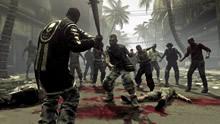
I'm willing to concede to the notion that several of the sound effects – the snarling, screaming, and tearing of zombies – made my skin crawl on more than one occasion within the Dolby Digital 5.1 presentation. A big part of the game’s experiential properties comes in waiting on the sprinting or full-on running zombies get to you for a well-placed attack, so you're constantly hearing their shrill yells growing closer and closer from the front-end of the stage, and it’s deliciously unsettling. There’s plenty of punch to be found in the sound design, as well: the crashing of vehicles claps with high-end force and some moderately-satisfying LFE digs, while the zip of electrical currents and the showering of rain rattles against the higher-end side of the design with plenty of crispness and natural balance. Some of the subtler sound effects kinda lackadaisically get the job done, like the slicing of a knife blade or the splashing of water in an echoic space, but the vigor at-work here delivers a hefty skin-crawler of a sonic experience.
Boiling down Dead Island to “Fallout 3 on an island overrun by zombies” is a lot more accurate than it probably should be, only replacing the intriguing underlying story in Bethesda’s game with fearsome, hair-raising horror. The key to its success lies in executing its signature element, and the Deep Silver / Techland crew have combined light-RPG elements, tight first-person controls, and a brutal sensibility around killing multifaceted zombies into a unnerving and bloody experience. There are elements lacking that restrain it from being a more complete game, namely the anemic story that actually propels the character to keep on surviving. Yet there’s a free-flowing property about the lack of a firmer narrative that still supports the survivalist intents of the game, which should be enough to ensure a lower-level cult status for the game’s visceral offerings.
